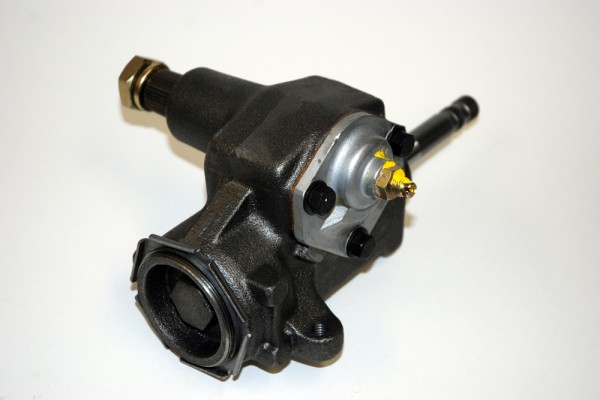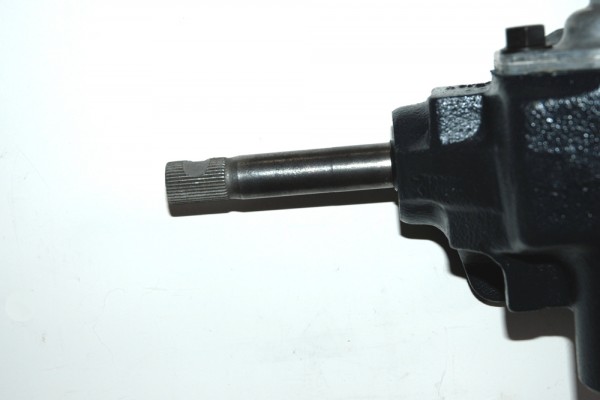In these days of cars with power everything, the idea of converting a car to manual steering might seem quaint. But there are instances where manual steering is better than a power setup. For example, manual steering on a drag race car will save weight and free up a couple horsepower (no power steering pump to turn). Cars with engine swaps in tight engine compartments (think street rods with V8s) are also candidates for manual steering.
Manual steering on a drag race car will save weight and free up a couple horsepower…cars with engine swaps in tight engine compartments (think street rods with V8s) are also candidates for manual steering.
A few decades ago when manual steering was usually standard equipment on American cars, converting to manual steering was as easy as getting the necessary parts from the local wrecking yard. For vintage iron like Camaros, Novas, Chevelles, and Mustangs, you can still find manual steering setups at swap meets or from aftermarket sources like Summit Racing.
But what if your car never came with manual steering? If you have a GM G-body (Regal, Malibu, Monte Carlo, Cutlass, Grand Prix, etc.) or a third-gen Camaro/Firebird, you’re in luck. Borgeson manufactures power to manual conversion kits for these cars. Summit Racing offers the Borgeson kits and the necessary small parts to complete the conversion.
The heart of the Borgeson kits is a new Saginaw Model 525 manual steering box. GM used this cast iron box beginning in the 1950s and installed it on ‘60s muscle cars. It was available with a 24:1 or a “quick feel” 16:1 steering ratio and a 3/4-inch diameter, 30-spline input shaft. Even though it’s beefy, the 525 box shaves approximately 28 pounds of weight compared to a factory power system. Borgeson now manufactures brand new versions of the 525.
The swap is a basic remove-and-replace deal. Three bolts hold the steering box to the vehicle frame—just unbolt the power box and bolt on the 525 box. You’ll have to replace the pitman ar, and swap the rag joint for certain applications, but no fabrication is required. When you’re done, that mess of hoses, fluid reservoir, bulky power steering pump, and power steering box are gone, replaced by a clean, simple steering system.
Check out the photos below to see how it’s done on a 1986 Buick Regal T-Type.










Re: “Beefy” input shaft: Last time I checked, 13/16 was bigger than 3/4 (12/16). So the Vega input shaft would be “beefier”, eh?
Wayne, is there a lighter bolt-on alternative to the S-525 for a 65 Chevelle? The current box needs replacing anyway. This is for a drag only application and don’t want to go to a rack and pinion yet. “A pound saved is ET in the bank”!